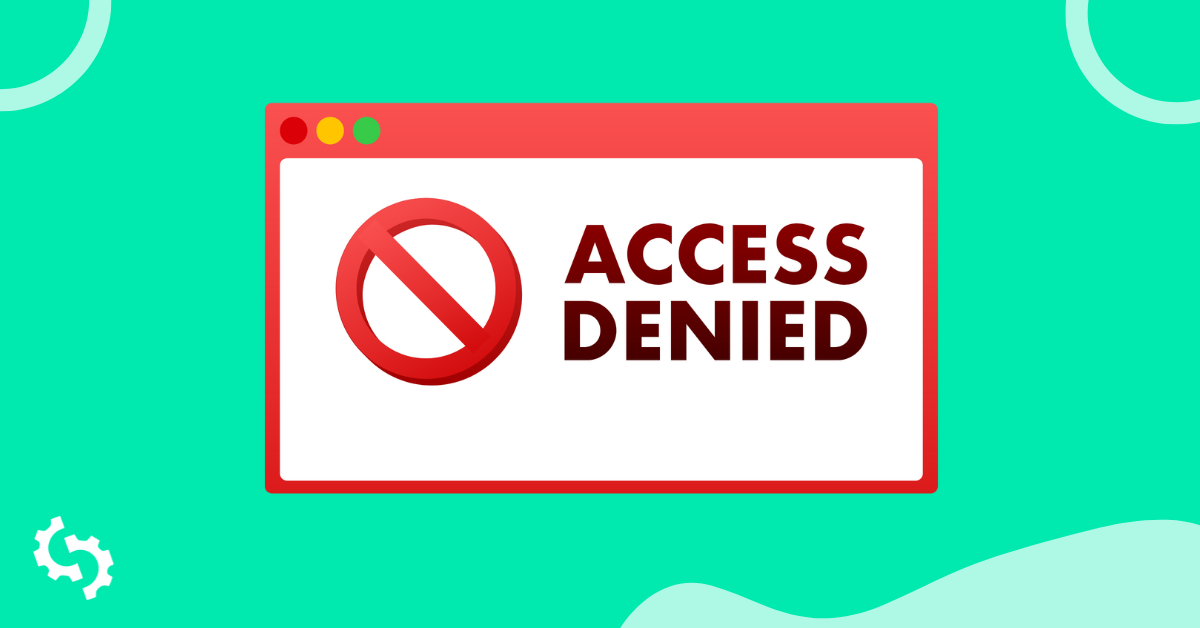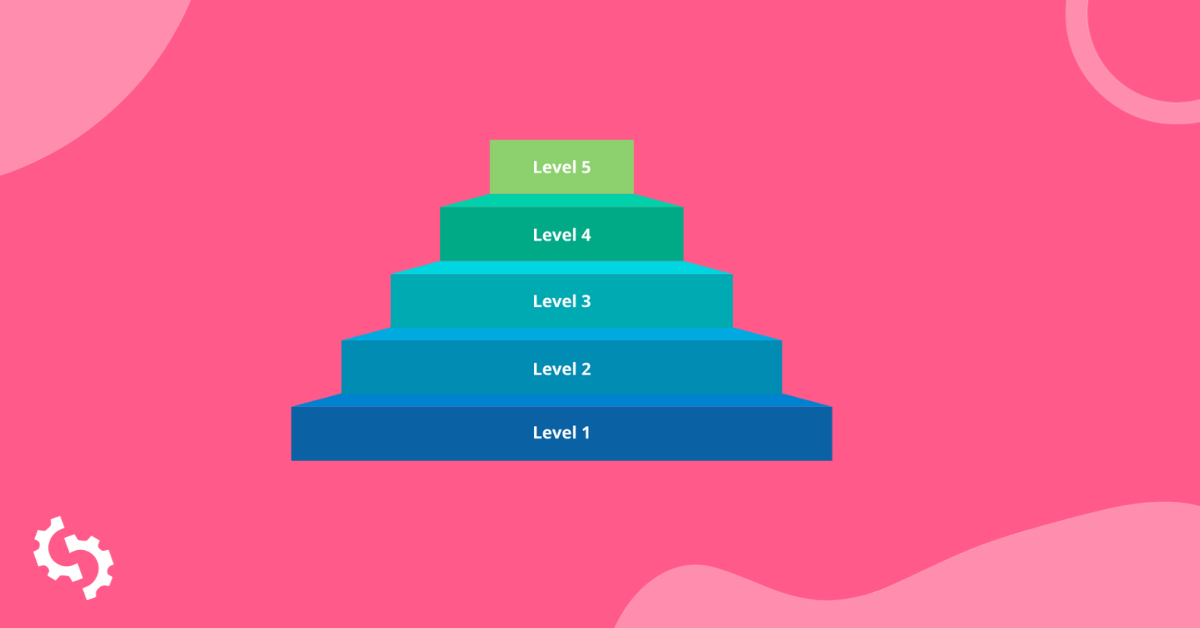
You've gotta wonder sometimes:
How many SEO tactics could there possibly be?
As an SEO myself, I comb through hundreds of articles, tweets and emails every week highlighting different ones.
And often I'm unsure how useful—or even legitimate—some of these practices I read about are.
Even some trustworthy sources share what seem to be questionable tactics from time to time (come on guys).
One such practice is tiered link building.
You've probably come across SEO services who sell tiered link building in packages, often highlighting the domain authority (DA) of the links they can provide or the PBNs (Private Blog Networks) they'll utilize to build links.
But is it legitimate? Is tiered link building considered black hat? Will it cause Google to crush my site?
There are a few different viewpoints and opinions, so I'm going to clear the air and explain what it is, its benefits, what makes it questionable, and some white hat alternatives.
What Is Tiered Link Building?
Put simply, tiered link building is the process of building backlinks to your backlinks.
The idea is that you can manufacture authority and pass PageRank to your webpage by creating and building tiered links in bulk, with your webpage at the end of the chain.
Tiered link building is generally seen as a black hat SEO technique, but before judging it, let's just explain the theory by breaking down the "tiers."
First Tier of Links
Let's say you have a page on your site you want to rank well: Webpage 1A.
You create a few links to Webpage 1A from other webpages: Webpages 1B, 2B and 3B.
The goal here would normally be to earn links from relatively high-quality and relevant content from trusted sites.
What kinds of links are these?
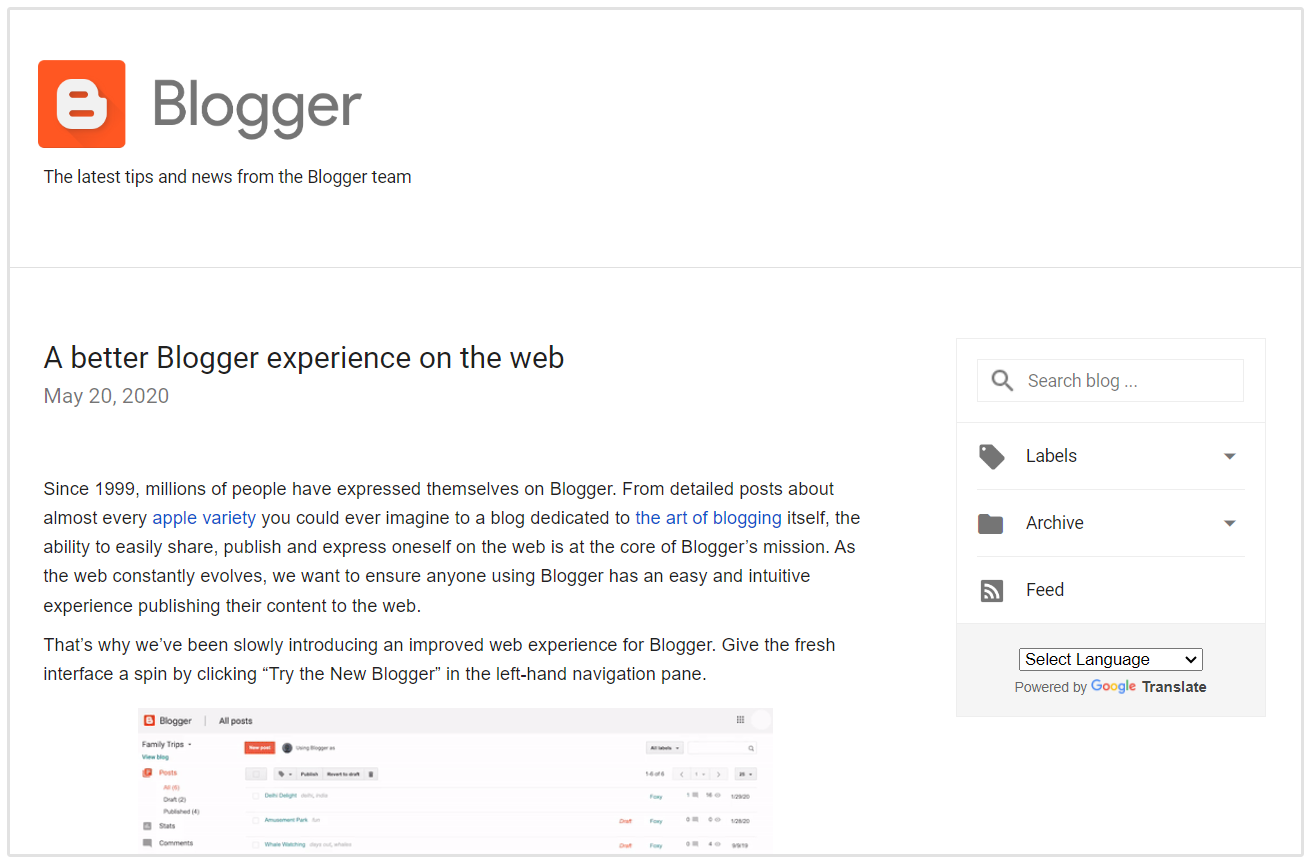
We're typically talking Web 2.0 blog links here, like wordpress.com or blogger.com. Some practitioners tout article directories. You may also create links from other websites you yourself manage.
These links should come from relevant and legitimate sources.
This is your first tier.
Second Tier of Links
Next, you'd create a second tier of links to these first tier links. So you would build 10-20 links to each Webpage 1B, 2B and 3B.
The thinking is that the quantity of these links will boost the authority of your first tier links, thus boosting the authority of your original content.
What kinds of links are these?
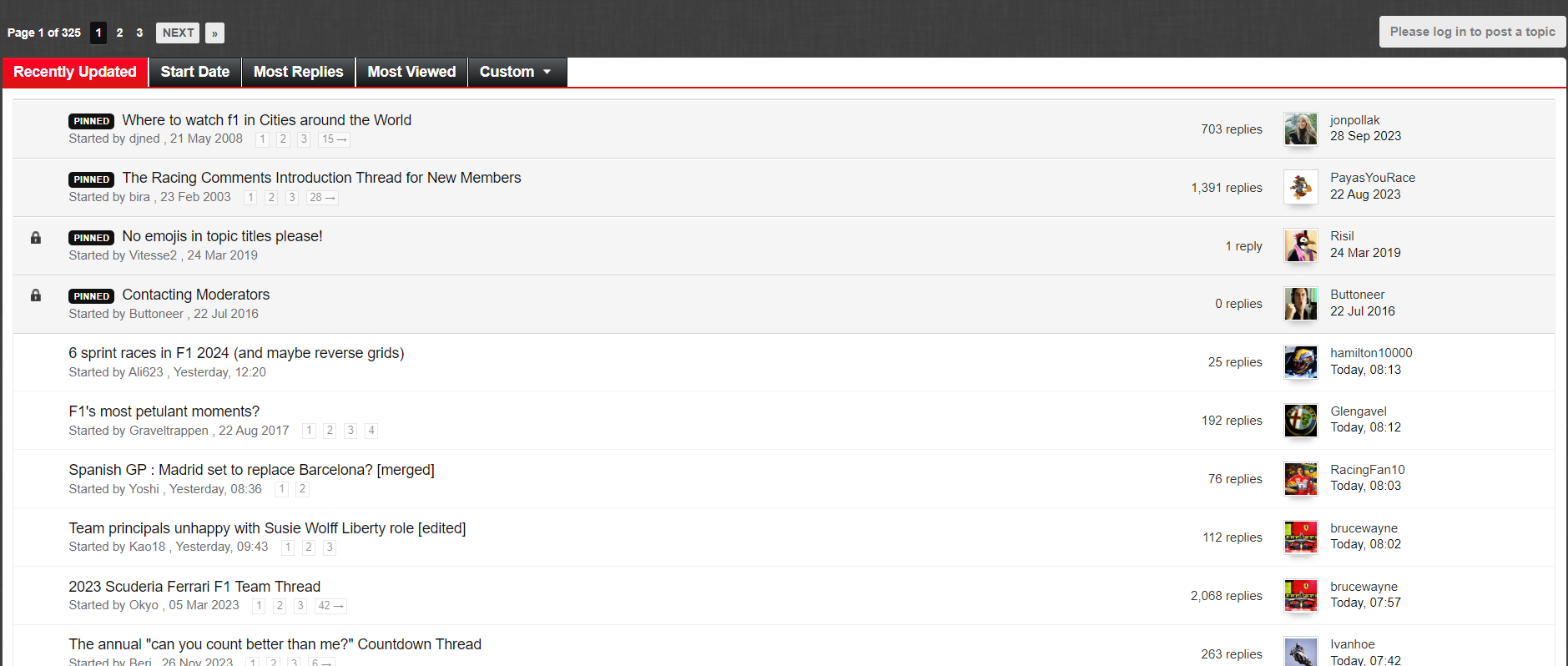
When you get to the second tier, you're looking at things like blog comments, forum comments or wikis (pages with lots of user-generated content).
You're trying to build as many links as possible, while still maintaining some degree of relevance and context.
That's your second tier.
Third Tier of Links
Once this second tier of links is in place, you move onto the third tier, which is entirely about quantity.
Generally, practitioners throw quality, relevance and context out the window at this stage. The goal is to build as many links as possible to your second tier links, no matter where they're from.
This stage of the process typically involves using automated link building tools, as the workload gets a bit too much for a single person.
So to recap, we'll say you've got 300 third tier links pointing to 50 webpages in your second tier.
These 50 webpages in your second tier are pointing to three webpages in your first tier.
And those three webpages in your first tier all point to your original content, Webpage 1A.
Now, if you're a seasoned SEO, you're probably asking, "Does this really work?"
Let's start by looking at some of the benefits—why someone would be interested in tiered link building in the first place.
The Benefit of Tiered Link Building
Tiered link building has been heralded by countless black hat SEOs as being a great way to grow the authority of webpages. Even non-black hat SEOs admit it could and can work.
You might be wondering, wouldn't it look sketchy if you all of a sudden had hundreds of links pointing to your content?
Herein lies the real benefit of tiered link building (assuming it does work):
Let's say Google catches onto your link scheme (more on why this is seen as a link scheme in the next section). They notice that one of your first tier links all of a sudden has 30 brand new links pointing to it from not-so-legitimate sources, so they hit it with a manual action.
It's almost effortless to remove that one link from the equation, leaving your original content unaffected.
Not to mention, it's not the first tier links that would get hit with a penalty, as 20-30 new links isn't unheard of. The second tier links that have hundreds of low-quality links pointing to them would be the better candidate for a penalty.
In this case, it's very easy to remove a second tier link, and leave the whole setup virtually unaffected.
Ultimately, tiered link building allows SEOs to take advantage of spammy link building in a relatively safe way.
Why Is Tiered Link Building Seen as Black Hat?
There are a few reasons that most SEOs agree make tiered link building a black hat practice.
First and foremost, Google frowns on the "creation" of links to your own website. Links should be earned naturally. Google says in their Webmaster Guidelines:
"Additionally, creating links that weren’t editorially placed or vouched for by the site’s owner on a page, otherwise known as unnatural links, can be considered a violation of our guidelines."
Google goes on to list two examples of link schemes often used in tiered link building:
- Low-quality directory links or bookmark site links
- Forum comments with optimized links in the post or signature
Second, Google won't tolerate automated link building tools. Google highlights "Using automated programs or services to create links to your site" in their list of link schemes.
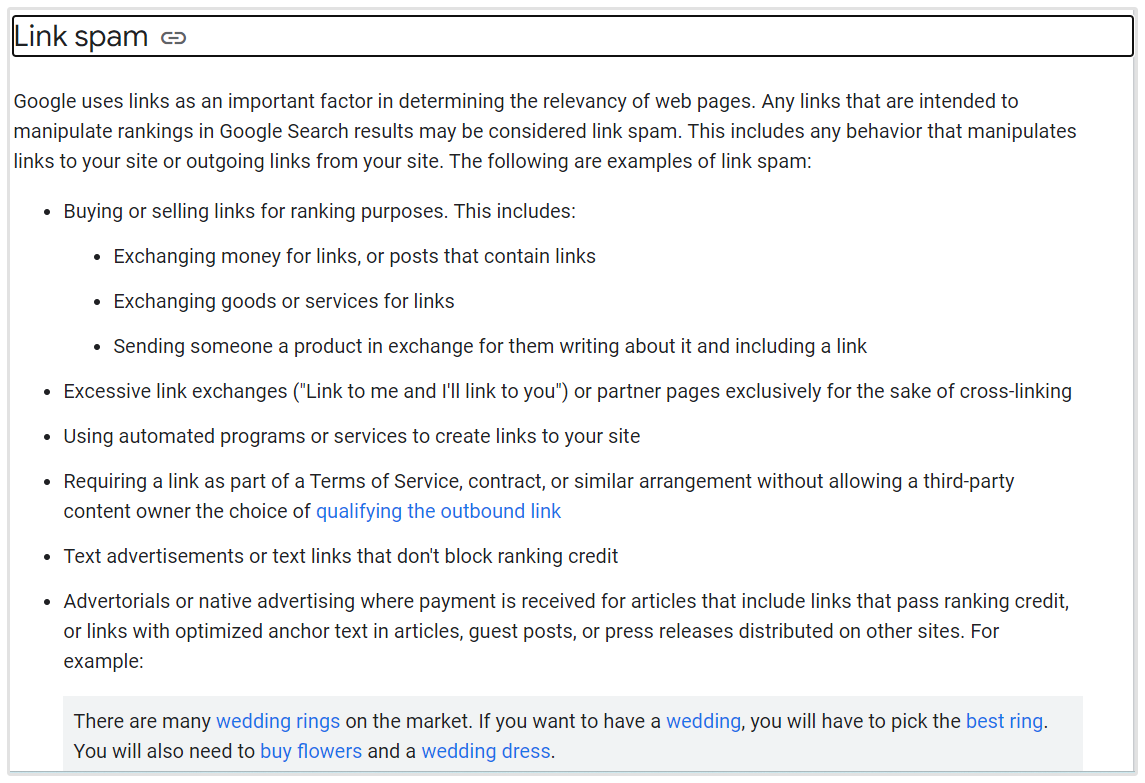
At the end of the day, tiered link building is a manipulation of the system, and is by no means natural.
What Are the Risks?
It's not really up for debate whether or not tiered link building is in line with Google's Webmaster Guidelines. As you saw above, it is a manipulation of rankings.
There are two massive risks:
First and most straightforward, Google could issue a manual action if they pick up on a link scheme.
Google is constantly trying to improve search. Because of this, Google has human reviewers that go through websites to examine their quality. If a human reviewer notices a link scheme, they'll issue the site a manual action, either drastically decreasing the site's rankings or omitting them from being indexed altogether.
Second, as Google search grows more sophisticated and more aware of link schemes, it wouldn't be surprising if they figured out a way to crack down on unnatural tiered link building.
If this does happen in the future, any site who built their ranking on it would be crushed.
So if you're thinking about using (or are currently using) a tiered link building strategy, at the very least, make sure you're taking the necessary steps to keep a close eye on the links you're building.
3 White Hat Alternatives to Tiered Link Building.
So is tiered link building, by its nature, "black hat?"
Not necessarily.
As we've addressed, many of the tactics involved are against Google's Webmaster Guidelines, but the general philosophy could still be utilized by white hat SEOs. The principles are, for the most part, legitimate.
Try these three white hat tiered strategies:
1. Link outreach to first tier links
If you've got a great post on your site that's earned a link from a webpage or article you think is truly awesome and unique—pitch it!
In the same way that you'd perform link outreach on a piece of your own content, perform outreach for first tier links to your posts. This might sound like a waste of time, but you may find you get higher response rates when you can throw in, "It's not even my post, I just think it could be really valuable to you."
2. Create links to first tier links in guest posts and sponsored posts
Let's say you're writing a guest post and need to link to a relevant source. You know of a first tier link to a webpage on your site that would be a great and valuable source for your guest post.
Go for it! If it's relevant and valuable, no harm.
3. Pitch first tier links with HARO

Finally, along the same lines, if you know of a great article that's a first tier link to a page on your site, look for opportunities to pitch it to reporters with HARO (Help A Reporter Out).
HARO is an email subscription full of topics reporters are looking to write on. Oftentimes, you can submit an article that answers the reporter's question or could serve as a source for them, and get a backlink in the process.
The Future of Tiered Link Building
Google's algorithm is growing more sophisticated with each update.
We're already seeing the low-quality links that tiered link building is rooted in become less weighty (if they aren't nofollow links already).
Even in a big bulk, links like this are doing less and less to boost page authority and pass PageRank.
While tiered link building may still move the needle a little bit, it's unlikely Google will allow it to keep doing so. Having said that, the general principles could still be helpful to SEOs when links are built naturally.
So stay educated, don't fall for questionable strategies, and keep your rankings high!



